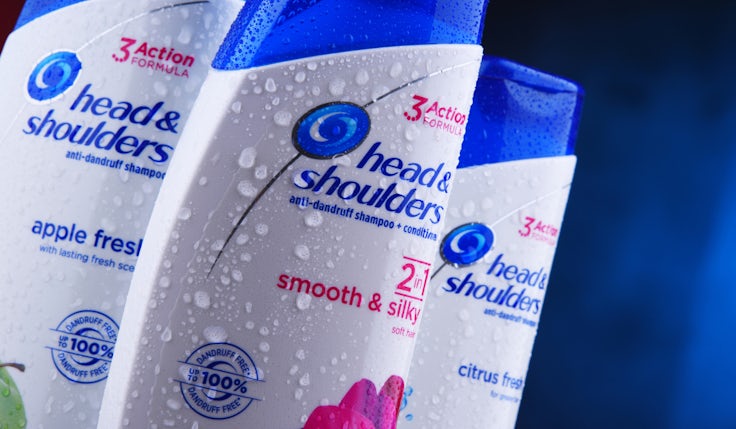Kimberly-Clark to support price rises with increased marketing spend
Claiming “the ROI is there” for investment in marketing-led innovation, the FMCG giant plans to leverage the strength of its brands to support price increases.

Kimberly-Clark plans to offset the “majority” of cost inflation this year by increasing the prices of its products, which will be supported by a boost in marketing investment.
The news follows a “disappointing” 2021 fiscal year for the FMCG company behind Kleenex, Huggies and Andrex. Net sales increased 2% to $19.4bn (£14.4bn) compared to 2020, but organic sales fell 1% as sales volumes dropped by 4%. Adjusted operating profit fell from $3.6bn (£2.7bn) to $2.8bn (£2.1bn).
Lower sales volumes, supply chain disruptions and the escalation of costs “well beyond previous levels” all limited the business’ ability to fully meet “growing consumer demand” for its products, chairman and CEO Mike Chu explained on a call with investors today (26 January).
However, Kimberly-Clark said its results had nevertheless benefitted from “significant” pricing action, which helped drive up net sales despite declining volume, coupled with a reduction in marketing, research and general spending. Full year expenses in this category fell 6%, from $3.6bn (£2.7bn) to $3.4bn (£2.5bn).
Advertising spend was 4.6% of net sales, 40 basis points lower than 2020 spending levels, but above 2019 as both a percentage of net sales and on an absolute dollar basis. The business said this reflects its “commitment to building strong brands”.
We will support our growth with innovation, effective marketing and by leveraging the strengthened commercial capabilities we have built.
Maria Henry, Kimberly-Clark
Chief financial officer Maria Henry said the business is expecting the operating environment to “remain challenging” this year, with further cost inflation, supply chain disruption and uncertainty. However, Kimberly-Clark remains “committed” to recovering its margins, she said, and has therefore taken “significant” pricing actions.
“We’ve taken significant pricing actions and expect pricing to offset the majority of the impact of cost inflation,” Henry explained.
Price increases already enacted last year have had less impact on sales than anticipated, the CFO added.
“Despite the price increases we are seeing good buying performance and I’d love to see that our elasticity assumptions are a little conservative, and potentially there could be a little upside in our categories,” she said.
Last week, Procter & Gamble’s CFO Andre Schulten revealed the FMCG giant’s own price increases had caused no “noticeable changes” in demand for its products, with demand for its best performing, premium-priced brands remaining “very strong”. Schulten credited the “strong superiority” of P&G’s brands.
‘The ROI is there’
Given the overall level of pricing Kimberly-Clark expects to achieve, the business is expecting some negative impact on volume. The company is, however, planning a year-on-year increase in marketing spend to drive growth.
“But [we] will remain nimble, closely monitoring our market shares and consumer reaction, and adjusting as appropriate,” Henry said. “We will support our growth with innovation, effective marketing and by leveraging the strengthened commercial capabilities we have built over the last few years.”
While advertising spending is expected to be in line with 2021, Henry said its marketing investments go beyond “just” advertising into innovation and other commercial capabilities.
“We’re going to continue to do those things because they’re working and they’re paying off and the ROI is there. It’s those investments that are helping us have meaningful growth, especially in the personal care segment of the business, when when we look at 2022 versus 2021,” she said.
Chu added that the business has “great innovation” and “great brand support” planned throughout the year in both its consumer tissue and personal care categories.
However, the Kimberly-Clark CEO said the business will remain “disciplined” with its spending, while investing to support its brands, strengthen its commercial capabilities and advance its digital proficiency.
Overall, next year the business plans to grow net sales by 1-2% and organic sales by 3-4%. Operating profit is expected to endure a marginal drop, however, in the low-mid-single digits.







